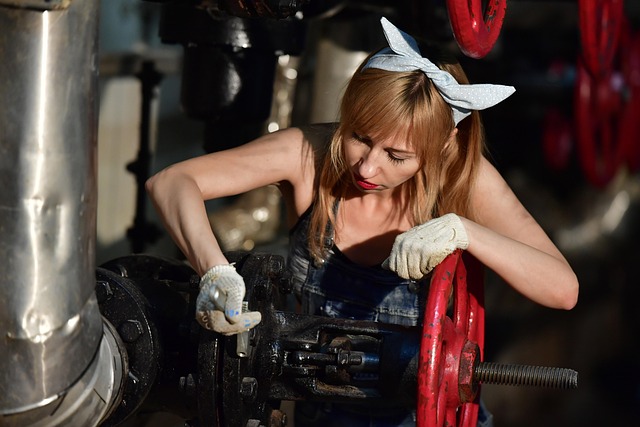Car rust damage assessment is key before choosing a repair method. Preparation involves safety gear, clean workspace, and considering long-lasting solutions. Corrosion removal with tailored techniques follows, then structural repair and filling weak spots. Priming prevents future rust, followed by high-quality paint for lasting protection and aesthetic appeal. "Select Rust Repair" methods ensure optimal results.
“Discover the transformative journey of restoring your car’s rusted surfaces with our comprehensive guide. Understanding car rust damage is the first step, followed by a strategic assessment of its extent. Gear up with safety precautions and prepare your workspace for an effective restoration process. Learn proven techniques to remove corrosion, from manual scrubbing to advanced tools.
Next, explore repair methods such as welding, filling, and priming for robust reinforcement. Conclude with the art of finishing, ensuring long-lasting protection through meticulous painting. Embrace the power of select rust repair techniques for a like-new car exterior.”
- Understanding Car Rust Damage: Assessing the Extent
- Preparation: Safety Gear and Workspace Setup
- Removing Corrosion: Techniques and Tools
- Repair and Reinforcement: Welding, Filling, Priming
- Finishing Touches: Painting and Protecting the Repaired Surface
Understanding Car Rust Damage: Assessing the Extent
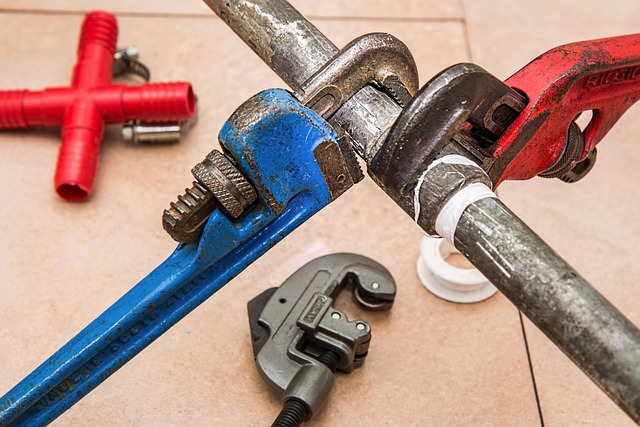
Car rust damage can range from minor surface spots to severe, widespread corrosion that compromises structural integrity. Understanding the extent of the issue is crucial before selecting a rust repair method. Start by visually inspecting the affected areas, checking for flaking paint, visible metal damage, and any signs of pitting. Touch the surface gently; rust feels rougher than bare metal. Look for corroded or peeling tape or sealants, as these can indicate hidden rust beneath the surface.
If you’re considering restoring antique rusty items, removing rust from tools, or simply learning how to stop rust naturally, assessing the damage is a critical first step. Severe cases may require professional intervention, while lighter corrosion can often be treated at home. Remember that early detection and proper selection of rust repair techniques are key to minimizing further damage and ensuring a lasting fix.
Preparation: Safety Gear and Workspace Setup
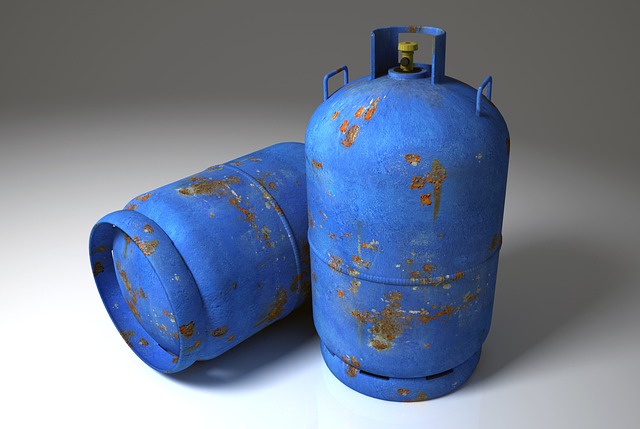
Before starting the car rust restoration process, proper preparation is key to achieving a successful outcome. This involves gathering the right safety gear and setting up an adequate workspace. First, ensure your safety by donning protective clothing, including gloves, goggles, and a respirator mask. Rust repair often involves hazardous particles that can be harmful when inhaled or come into contact with skin. A well-ventilated area is essential; if possible, work in a garage or outdoor setting where the air circulation is good.
The workspace should be clean, clear, and organized. Remove any loose debris or items that might interfere with your work. Lay out all the necessary tools and materials, including rust remover, sandpaper, primer, and paint. With the right setup, you’re ready to select the best rust repair method for your car’s needs, ensuring a long-lasting, rust-free finish. Additionally, consider preventing future rust issues by inquiring about industrial rust cleaning services or exploring options for long-lasting rust protection during this preparation stage.
Removing Corrosion: Techniques and Tools
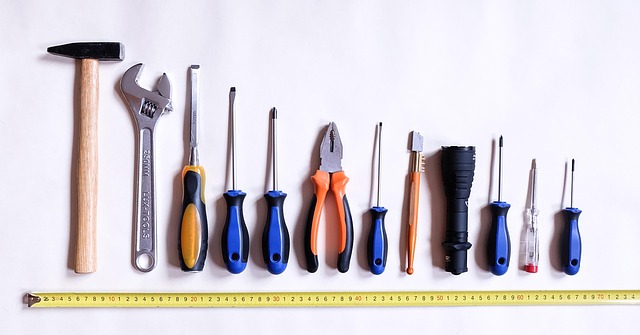
Rust restoration is a meticulous process that involves several steps, beginning with the removal of existing corrosion. This critical phase ensures a solid foundation for the subsequent repair and recovery of the damaged metal surface. Several techniques and tools are employed to effectively tackle this task. One common approach is sandblasting, which uses compressed air and abrasive media to blast away corroded layers, revealing the underlying metal. This method is particularly effective for removing heavy rust buildup but requires caution to prevent damage to the base material.
Alternative fast rust removal methods include chemical solutions and power washing. Chemical cleaners can efficiently dissolve rust, making them ideal for small-scale projects or hard-to-reach areas. Power washers, on the other hand, use high-pressure water streams to loosen and remove corrosion, suitable for larger surfaces like concrete or metal structures. Selecting the right rust repair method depends on factors such as the severity of corrosion, the type of material, and the desired outcome.
Repair and Reinforcement: Welding, Filling, Priming
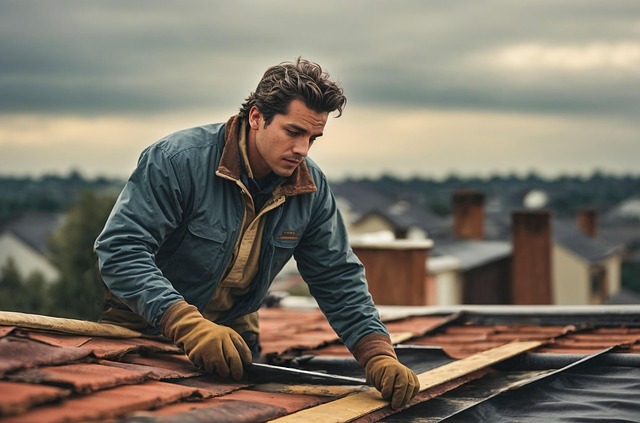
After identifying and addressing any sources of moisture or corrosion, the next step in the car rust restoration process involves repairing and reinforcing the affected areas. Welding is a crucial method used to mend structural damage caused by rust, ensuring the integrity of the vehicle’s frame. This process strengthens weak spots, preventing further decay.
Following welding, filling is essential to smooth out any imperfections left behind. Rust proofing materials like specialized filler compounds are applied to create a seamless surface. These products not only fill gaps but also act as a barrier against future moisture intrusion, implementing effective rust prevention strategies. Priming is the final step in this phase, where a quality rust-preventive primer is coated onto the repaired areas. This layer acts as an extra defense mechanism, how to stop rust naturally, and provides a suitable surface for painting, ensuring long-lasting results.
Finishing Touches: Painting and Protecting the Repaired Surface
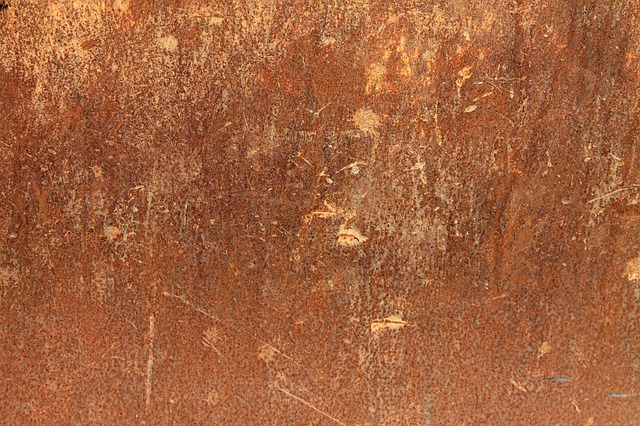
After successfully repairing and restoring the rusty car parts, it’s time to apply the finishing touches—a fresh coat of paint and protection will ensure the newly restored surface looks as good as new. The final step in the car rust restoration process involves selecting the right type of paint that matches the vehicle’s original color accurately. It is recommended to use a high-quality automotive paint designed for durability and longevity, especially when dealing with industrial rust elimination or home rust removal tips.
Proper preparation of the metal surface before painting is crucial. This includes sanding, cleaning, and de-greasing to create a smooth base. The process ensures that the paint adheres well, providing an extra layer of protection against future rust formation. By combining expert techniques with the right tools and materials, you can achieve not just a visually appealing finish but also a protective barrier that will safeguard your restored car parts for years to come.
Restoring a car’s rusted surfaces is a meticulous process that requires careful planning and the right tools. By understanding the damage, preparing your workspace, and employing effective removal techniques, you can begin the journey to a like-new finish. The subsequent steps of repair, reinforcement, and finishing ensure longevity and protection against future corrosion. When selecting rust repair methods, remember that each step contributes to achieving a robust, durable outcome for your vehicle’s restored surface.
